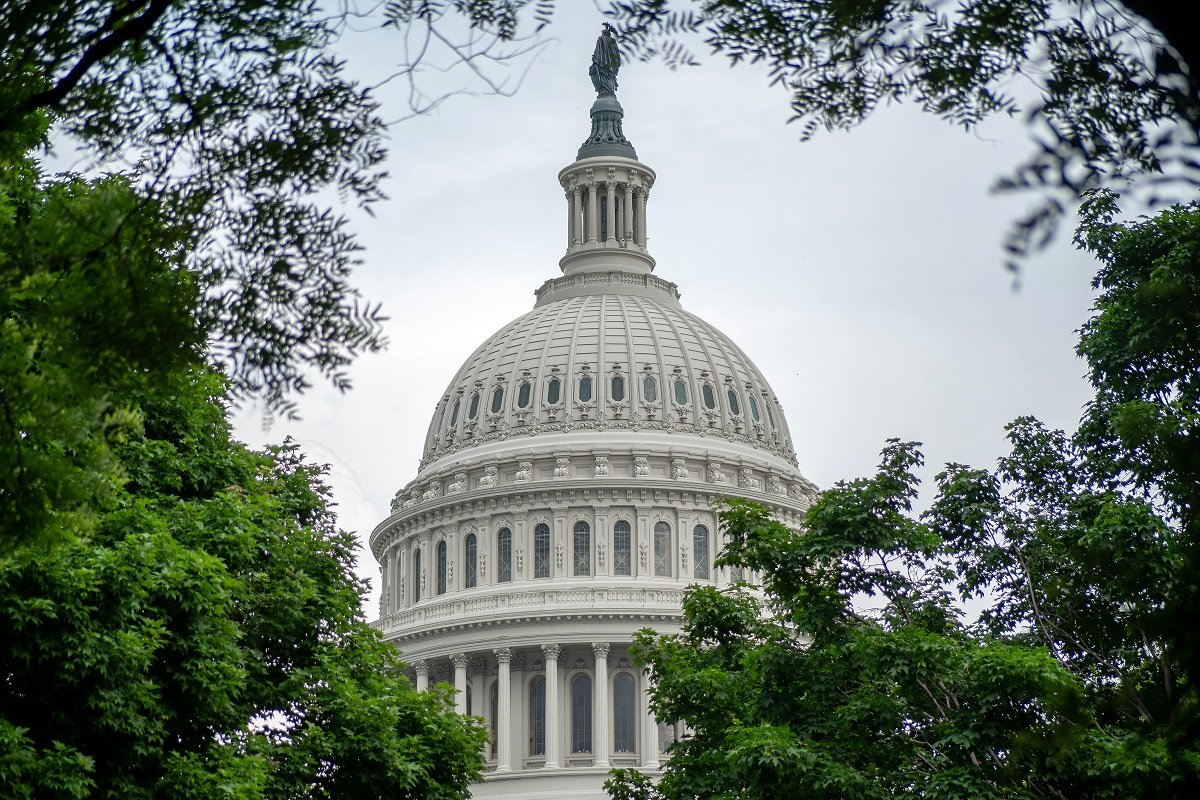
Every ten years, the United States undergoes a transformative process—redistricting, the redrawing of congressional and legislative district boundaries. While the word might sound technical or bureaucratic, its implications are profound. Redistricting determines who represents you in Congress and in your state legislature, and it has a direct effect on the balance of political power for the next decade.
At the heart of redistricting lies a vital data source: the U.S. Census. Without the decennial census, redistricting would be blind to population changes and demographic shifts. But the relationship between redistricting and the census is more than just numerical—it’s political, legal, and deeply tied to the principles of American democracy.
In this in-depth, 2000+ word blog post, we will explore how the census drives redistricting, why the process matters, how it has evolved, and what’s at stake when data is manipulated or misunderstood.
Understanding Redistricting: A Democratic Necessity
What Is Redistricting?
Redistricting is the process of redrawing the boundaries of electoral districts. It takes place at every level of government—from U.S. House of Representatives seats to state legislatures, county commissions, and even school boards.
The primary goal is to ensure that districts remain roughly equal in population, maintaining the constitutional principle of “one person, one vote.”
Why Redistricting Happens Every 10 Years
Because people move, cities grow or shrink, and demographics change, electoral maps must be updated regularly to reflect these shifts. Without redistricting, some districts would become overrepresented and others underrepresented, eroding the democratic principle of equal representation.
The Constitutional Role of the Census
A Mandate from the Founders
The U.S. Constitution mandates a census every 10 years (Article I, Section 2). The original purpose? To apportion seats in the House of Representatives among the states based on population.
But the census has grown beyond that. Today, it provides the data used not only for apportionment (deciding how many seats each state gets) but also for redistricting (deciding where those seats are drawn).
From Apportionment to Redistricting
Apportionment is the first step: using census data to determine how many House seats each state receives (out of a total of 435).
Redistricting is the second step: states take their seat totals and draw new district boundaries using more detailed data from the census.
The Census Data Used for Redistricting
Public Law 94-171 File
To facilitate redistricting, the Census Bureau provides states with specific datasets known as PL 94-171 redistricting data files. These files include:
Total population counts
Race and ethnicity data
Voting-age population (18+)
Housing unit counts
States typically receive this data by March 31 of the year following the census. This gives them enough time to redraw maps before the next election cycle.
Why This Data Is Critical
Legislatures, redistricting commissions, and courts use this data to:
Comply with federal laws like the Voting Rights Act
Ensure districts are roughly equal in size
Evaluate racial and ethnic representation
Prevent or detect gerrymandering
Who Draws the Lines?
State-by-State Differences
The process of redistricting varies by state. Here are the three main approaches:
State Legislatures
In most states, the legislature controls the redistricting process. Maps are passed like regular laws, often with the governor’s signature.
Independent Commissions
Some states use independent or bipartisan commissions, such as California and Arizona, which are designed to remove partisan influence.
Advisory or Backup Commissions
A few states use commissions only if the legislature fails to agree on a map.
The Role of the Public
Many states now allow public input, map submissions, or testimony. Transparency varies widely, but growing public awareness has pushed for more openness in the process.
The Legal Framework of Redistricting
One Person, One Vote
A key principle established by the Supreme Court in Reynolds v. Sims (1964) is that legislative districts must be substantially equal in population. This ensures that each vote carries similar weight.
The Voting Rights Act of 1965
Section 2 of the Voting Rights Act prohibits redistricting plans that discriminate against racial or ethnic minorities. Maps cannot dilute minority voting power.
In some areas with a history of discrimination, jurisdictions were once required to get federal preclearance before changing district maps. However, this provision (Section 5) was effectively gutted by Shelby County v. Holder (2013).
Racial vs. Partisan Gerrymandering
Racial gerrymandering is illegal.
Partisan gerrymandering, however, remains a legal gray area. In Rucho v. Common Cause (2019), the Supreme Court ruled that federal courts cannot adjudicate partisan gerrymandering claims, leaving it up to states to decide.
Gerrymandering: Manipulating the Census Data
What Is Gerrymandering?
Gerrymandering is the manipulation of district boundaries to benefit a political party or group. It usually takes two forms:
Cracking: Splitting a group (usually a minority or political group) across multiple districts to dilute its voting power.
Packing: Concentrating a group into one district to reduce its influence elsewhere.
How Census Data Enables Gerrymandering
The same data that ensures fair redistricting can be weaponized to entrench power. Sophisticated software uses demographic and political data to draw hyper-precise maps that maximize partisan advantage.
This results in
Uncompetitive elections
Polarized legislatures
Distrust in government
The Impact of Redistricting on Communities
Political Representation
The shape of a district can determine:
Which party wins elections
Whether minority communities can elect candidates of their choice
Whether rural or urban interests dominate policy
Resource Allocation
Although funding isn’t directly based on district lines, redistricting affects which communities have strong political voices and by extension, influence over public spending priorities.
Policy Outcomes
Redistricting affects:
Voting rights
Health policy
Environmental regulations
Criminal justice
Education funding
When communities are split or marginalized, their ability to advocate for policy changes is weakened.
Controversies and Challenges in the Modern Era
The 2020 Census and Redistricting Delays
The COVID-19 pandemic delayed the 2020 census and, by extension, redistricting. States received data later than expected, causing a ripple effect in election planning.
Prison Gerrymandering
Many states count prisoners at their place of incarceration rather than their home communities, inflating the population of rural districts (where prisons are often located) and deflating urban areas. Reform efforts aim to count people in their last known residence instead.
Citizen Voting Age Population (CVAP) Data
Some have pushed to use only citizens of voting age when drawing districts, which would exclude children, immigrants, and non-citizens. Critics argue this undermines the principle of representing all people, not just voters.
Reform Movements and the Push for Fair Maps
Independent Redistricting Commissions
States like California, Michigan, and Colorado have adopted independent commissions to draw fairer maps and reduce partisan control. These models often feature:
Citizen involvement
Transparent meetings
Strict rules against gerrymandering
Algorithmic Redistricting
Some reformers advocate using algorithms or AI to draw maps based on fairness criteria. However, questions remain about transparency, control, and human oversight.
Legal Challenges and Ballot Initiatives
Voters in many states have passed ballot measures to change how redistricting is done, often in response to perceived abuses by politicians.
The Future of Census Driven Redistricting
Changing Demographics
As the U.S. becomes more diverse, redistricting must reflect the rights and representation of multiracial, multiethnic communities.
Public Awareness and Engagement
Thanks to technology, the public now has access to mapping tools, demographic data, and forums to submit maps or challenge unfair ones.
National Standards?
Some advocates call for federal redistricting standards to ensure fairness across all states. However, this would require congressional action—a steep political hill to climb.
Why the Census-Redistricting Link Matters More Than Ever
The U.S. census is not just a population tally—it is the engine of representation. Redistricting, powered by census data, determines who holds power in America and how that power is exercised.
An accurate census ensures fair representation. An inaccurate one distorts the democratic process. When redistricting is done fairly, communities are empowered. When it’s manipulated, democracy is weakened.


